During the archaeological dig in 2006 a large number of worked stones were uncovered. On some stones, this working was quite small, for example one flat surface, or a rough piece with some chisel marks or a mason mark. Others had been carefully carved to produce a complex profile which had once been part of a building, but had since been discarded. One thing which became clear during the dig was that, as each new development of the building took place, the previous building was only partially demolished but not completely removed. It appears that some of the stone was either reused or it was left in situ.
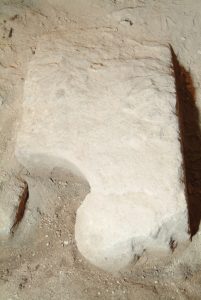
The first photograph shows a piece of sandstone, probably from an earlier doorway, but reused in one of the 15th century pillar bases.
The next three photographs show a pillar column, first as it was being uncovered by the archaeologist, second once removed from the ground and third in comparison with one of the pillars in Drum’s Aisle
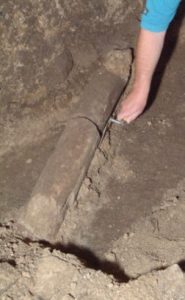
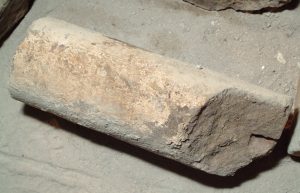
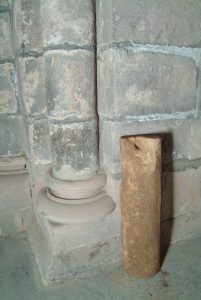
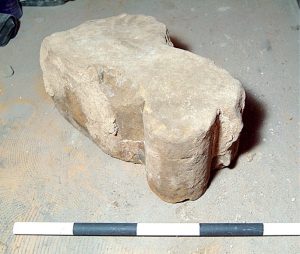
The final photograph is of another carved piece of stone which may have been part of a door or archway in an earlier building. A detailed study of these stones has still to be completed but once done they could tell us a great deal about the appearance of the previous buildings.
(The photographs are copyright Aberdeen Art Gallery & Museums Collections and are used with permission)